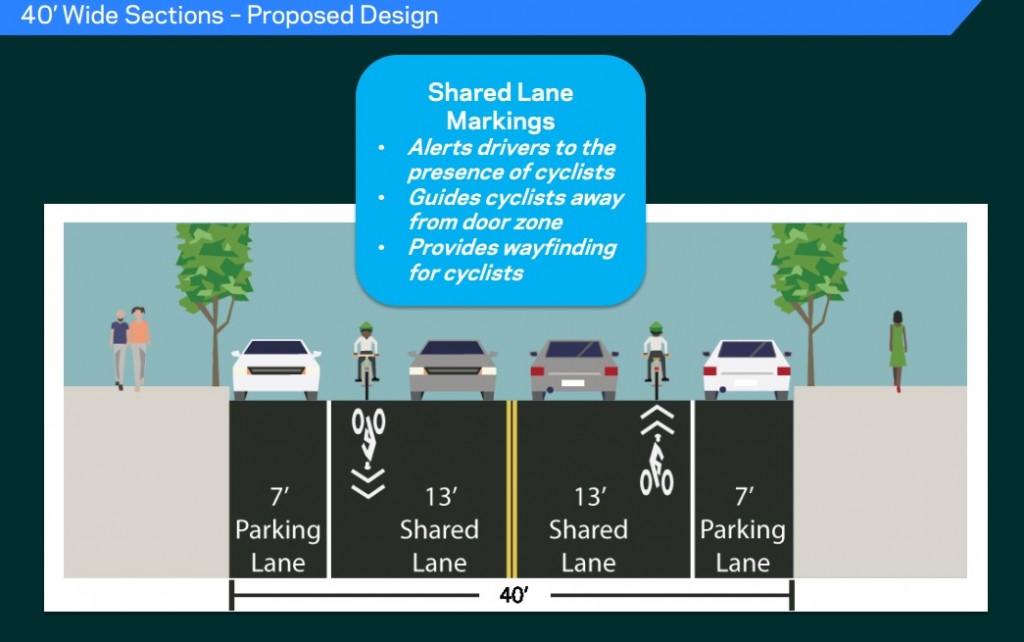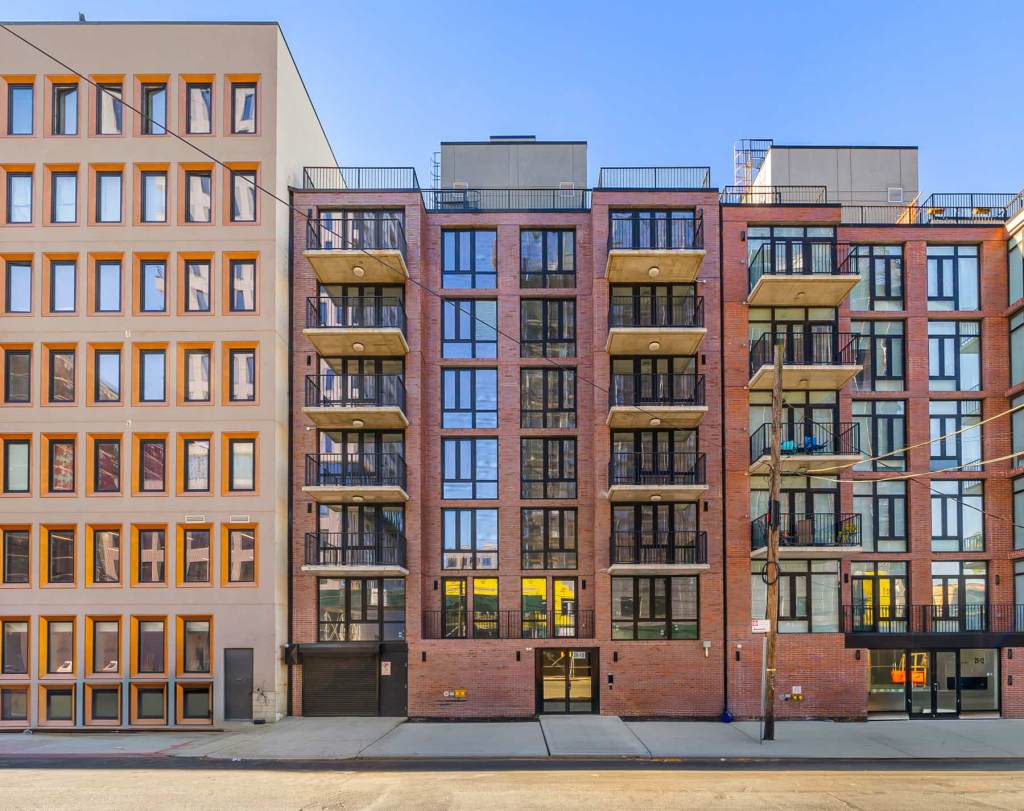A bike lane path to connect the East River in Astoria to Flushing Bay received approval from Community Board 1 (CB 1) on Tuesday, but it came with some stipulations.
The plan, presented by the Department of Transportation (DOT), would install bike lanes that stretch from 31st Avenue in Astoria through Jackson Heights.
Though the board’s transportation committee approved the plan last month, Chair Bob Piazza said he had major concerns with a stretch of 31st Avenue from 56th Street through 58th Street that saw heavy truck traffic when vehicles make deliveries.
He suggested changing the path to 32nd Avenue or creating a detour to avoid those streets.
“It’s a dangerous area to go through,” Piazza said. “I’m terribly concerned about that area that we looked at. I don’t believe it’s safe enough to put bicyclists there. I think they’ll be in grave danger and I want to go on record saying that.”
Several board members agreed with Piazza and said the lane should be diverted to 32nd Avenue from 55th Street to 60th Street, with 21 members voting in favor of the detour. The original plan with no stipulations received 19 votes in support.
The shared bike lanes would be installed from Vernon Boulevard through 61st Street and the project would also install several 4-feet flush medians on wide streets to better organize roadways and higher-visibility crosswalks on each intersection to make it safer for pedestrians crossing the street.
Last week, Community Board 3, which covers Jackson Heights approved their piece of the bike path.
“We wanted to find a way to connect the neighborhoods, connect the neighborhood to the parks in a way that doesn’t put a large burden to drivers in the neighborhood,” Nick Carey, project manager for DOT said.
According to a DOT study, more than 200 bicyclists use the avenue on an average weekday and nearly 300 use it on a weekend. The bike lanes installed by the DOT including lanes on Vernon Boulevard and Hoyt Avenue have led to a 7.4 percent decline in injuries along the corridors.
Carey said 31st Avenue varies in width, with some areas being 30 feet wide and other sections like Crescent Street to 31st Street being 50 feet wide. For this reason, the lanes would be a mixture of shared lane markings and dedicated bike lanes.

On 61st Street, a median would be installed to separate the distance between eastbound and westbound cars and reduce the possibility of head-on collisions, Carey said. No lanes would be removed along the path.
After a walk through with the transportation committee, the DOT also plans to conduct signal studies at 49th Street and 55th Street to potentially install traffic lights in those crosswalks. The agency is also in the process of conducting a feasibility study for a speed hump at 57th Street after complaints of speeding.
The alignment at 51st Street and Hobart Street was also a concern because the wider lanes encourage speeding and reduce visibility for pedestrians crossing the street. The DOT proposed installing a painted buffer to ease the transition for drivers who must do a sharp turn and a curb extension for pedestrians crossing the street.
The agency suggested that the 2-hour parking near the Honda dealership would be turned into 1-hour parking to reduce the pileup of cars waiting to get their cars serviced and removing two parking spots under a bridge near the Brooklyn Queens Expressway to improve visibility. The board ultimately voted to remove the two suggestions from the plan.
Board member Nancy Silverman, who voted to pass the original plan, said she received six letters in support of it.
Bicyclists in Astoria said that no matter what the DOT and CB 1 decide, they will use the most straightforward path down 31st Avenue.
“I just wanted to let the board know that 31st Avenue will be a straight path for cyclists no matter what happens and we can take responsibility as cyclists for our own safety,” one Astoria cyclist said. “Anybody who’s ridden a bike in New York knows that when there are double-parked trucks and double-parked cars to use extreme caution. The straightest point from A to B will be utilized by cyclists.”
Carey said the DOT will look back at the plan to see if the detour the board requested is feasible. For now, the agency plans to start implementation in late summer or early fall.
“We’d have to go and look at it but generally our experience is that cyclists don’t like short detours,” he said.
Community Board votes are only advisory.






































